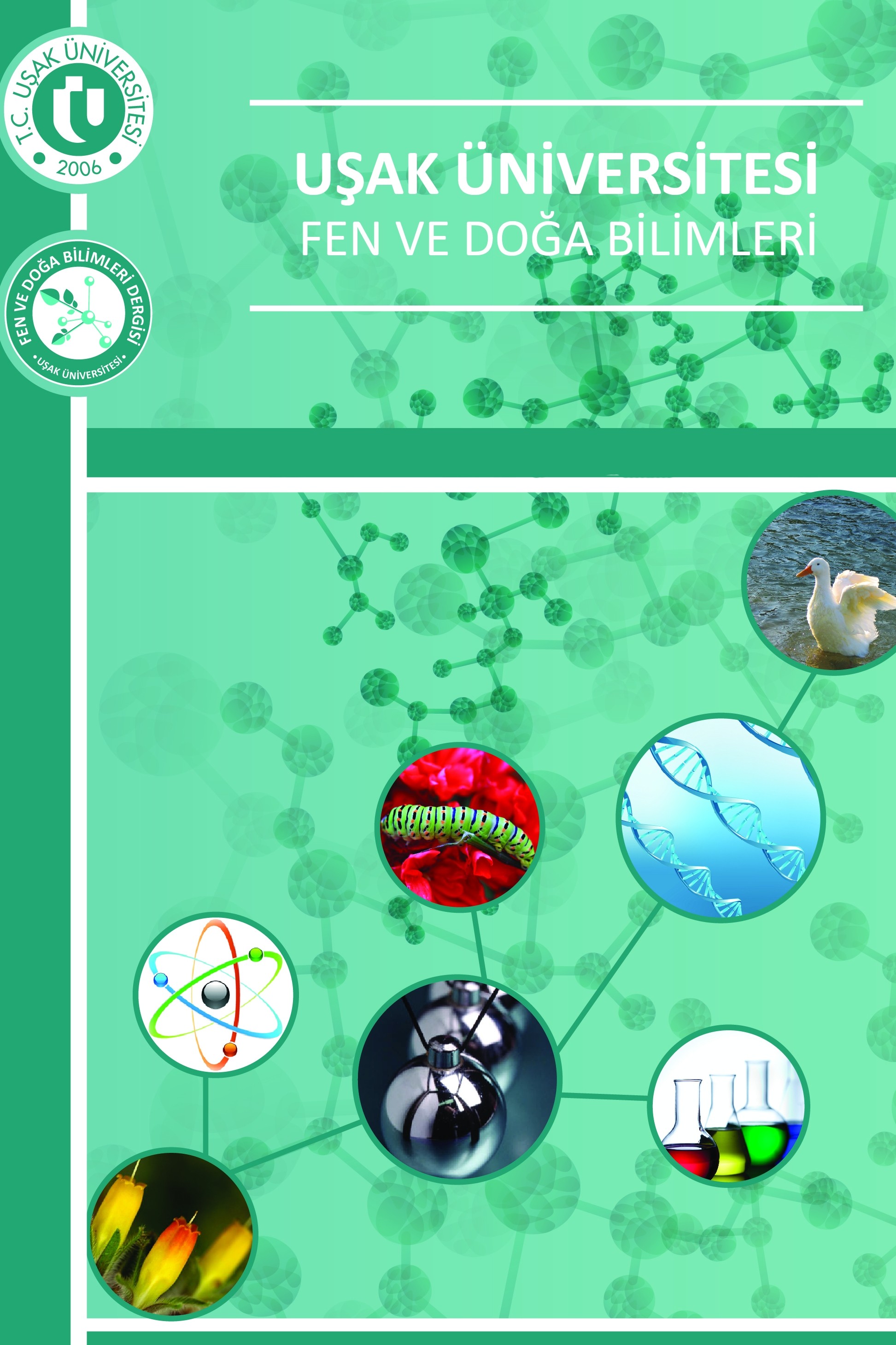Multivariate analysis of some species of the genus Lathyrus L. (Papilionoideae, Fabaceae) based on anatomical, micromorphological and macromorphological data
Lathyrus L. (Papilionoideae, Fabaceae), a cosmopolitan genus, has great significance in terms of food and agricultural areas. There are too few studies on the vegetative anatomy and the floral and foliar micromorphology of the genus. The present study is therefore carried out by means of multivariate cluster analysis (CA) and principal coordinate analysis (PCoA) on the basis of the anatomical, micromorphological as well as macromorphological characteristics of L. aureus (Steven) Bornm., L. czeczottianus Bässler (endemic to Turkey), L. inconspicuus L., L. pratensis L., and L. sphaericus Retz. assigned to this genus. This study is the first comprehensive report dealing with the vegetative anatomy and the petal, sepal and leaf epidermal micromorphology of these species. In general, the results of the current analysis clearly reveal the usefulness of these characters in inference of species delimitation and phylogenetic relationships.
Anahtar Kelimeler:
Anatomy, Lathyrus, macromorphology, micromorphology, multivariate analysis
Multivariate analysis of some species of the genus Lathyrus L. (Papilionoideae, Fabaceae) based on anatomical, micromorphological and macromorphological data
Lathyrus L. (Papilionoideae, Fabaceae), a cosmopolitan genus, has great significance in terms of food and agricultural areas. There are too few studies on the vegetative anatomy and the floral and foliar micromorphology of the genus. The present study is therefore carried out by means of multivariate cluster analysis (CA) and principal coordinate analysis (PCoA) on the basis of the anatomical, micromorphological as well as macromorphological characteristics of L. aureus (Steven) Bornm., L. czeczottianus Bässler (endemic to Turkey), L. inconspicuus L., L. pratensis L., and L. sphaericus Retz. assigned to this genus. This study is the first comprehensive report dealing with the vegetative anatomy and the petal, sepal and leaf epidermal micromorphology of these species. In general, the results of the current analysis clearly reveal the usefulness of these characters in inference of species delimitation and phylogenetic relationships.
Keywords:
Anatomy, Lathyrus, macromorphology, micromorphology, multivariate analysis,
___
- -
- Başlangıç: 2017
- Yayıncı: Uşak Üniversitesi
